Supreme Court Philippines
Supreme Court of the Philippines
The Supreme Court of the Philippines is the highest judicial authority in the country. It is responsible for interpreting the laws of the Philippines, ensuring the Constitution is upheld, and providing final rulings on legal disputes. The Court plays a key role in maintaining the rule of law and democratic governance.
Key Facts about the Supreme Court of the Philippines:
Constitutional Basis: The Supreme Court is established under the 1987 Constitution of the Philippines. Its role is defined as the highest court in the country, tasked with the final interpretation of laws, resolving constitutional disputes, and ensuring that laws conform to the Constitution.
Location: The Supreme Court is based in Manila, the capital city of the Philippines.
Independence: The Supreme Court operates independently from the executive and legislative branches, which is essential for upholding the checks and balances system in the Philippines.
Composition of the Court:
Judges: The Supreme Court of the Philippines consists of 15 Justices, including the Chief Justice, who is the head of the Court, and Associate Justices.
Appointment of Justices: The Justices are appointed by the President of the Philippines, but they must be confirmed by the Commission on Appointments, a body composed of members from both the Senate and House of Representatives. The appointments are made based on merit and the qualifications specified in the Constitution.
Retirement: The Justices of the Supreme Court must retire upon reaching the age of 70. They are appointed for a fixed term, which ends when they retire.
Chief Justice: The Chief Justice is the head of the Supreme Court, responsible for overseeing its functions, representing the judiciary, and ensuring that the Court functions effectively.
Functions and Powers of the Court:
Final Court of Appeal: The Supreme Court is the court of last resort. It has the authority to review decisions made by lower courts, including Court of Appeals and Regional Trial Courts. It can uphold, modify, or reverse lower court rulings.
Constitutional Review: The Court has the power to review laws, executive actions, and other acts of government to ensure that they conform with the Constitution. It has the authority to strike down unconstitutional laws and actions.
Judicial Review: The Supreme Court has the power of judicial review, meaning it can review the actions of the executive and legislative branches, ensuring that their actions comply with the Constitution.
Interpretation of Laws: The Court provides final interpretations of laws. It issues doctrines that guide lower courts in the application of laws, which are binding across the country.
Mandamus and Injunctions: The Supreme Court can issue writs of mandamus, certiorari, and other extraordinary remedies to ensure the proper administration of justice and compel government agencies to perform their duties.
Disciplinary Powers: The Supreme Court has the authority to discipline judges, court personnel, and lawyers who are found guilty of professional misconduct. It can also remove judges from their positions.
Advisory Role: The Court can give advisory opinions on matters referred to it by the President or the legislature, particularly on constitutional questions.
Judicial Process and Procedure:
Filing a Case: Cases that reach the Supreme Court usually come from lower courts through appeals. In certain instances, the Court can exercise original jurisdiction in cases involving significant constitutional questions, disputes between government branches, or cases involving ambassadors and foreign states.
Deliberation: After receiving the case, the Justices deliberate on it, reviewing legal briefs, arguments, and evidence presented. The Court’s decision-making process is based on legal reasoning, precedents, and the application of the Constitution.
Public Hearings: Public hearings are held for significant cases, especially those involving public interest, constitutional questions, or human rights. However, some cases, especially those involving sensitive national security issues, may be handled in closed sessions.
Rulings: After deliberation, the Court issues a written opinion containing its decision, reasoning, and legal interpretation. The decision is final and binding on all courts and individuals in the country.
Notable Decisions and Influence:
Constitutional Rulings: The Supreme Court has been instrumental in interpreting the Philippine Constitution, particularly in landmark rulings that shape the understanding of civil rights, democratic governance, and separation of powers.
Human Rights Protection: The Court has played a critical role in upholding human rights in the Philippines, ruling on cases of extrajudicial killings, unlawful detention, and other violations. Its rulings protect individual freedoms and ensure justice for victims of human rights abuses.
Electoral Disputes: The Supreme Court has heard significant cases related to electoral disputes, particularly the interpretation of election laws, claims of fraud, and the legality of elections. It has been involved in resolving major presidential and vice-presidential electoral protests.
Separation of Powers: The Court has consistently upheld the principle of separation of powers between the executive, legislative, and judicial branches. In several rulings, it has clarified the powers of each branch, ensuring that no branch oversteps its authority.
Environmental Cases: The Supreme Court has issued rulings related to environmental protection. One of the most notable cases was the Writ of Kalikasan, a landmark ruling recognizing the right to a healthy environment and compelling the government to take action on environmental issues.
Challenges and Criticism:
Political Influence: There are concerns that the Supreme Court, despite its independence, is susceptible to political influence, particularly with the appointment of Justices by the President. Some argue that political considerations affect judicial decisions, especially in politically sensitive cases.
Backlog of Cases: Like many courts around the world, the Supreme Court faces a backlog of cases, leading to delays in the resolution of significant legal disputes. This backlog creates challenges for timely justice.
Corruption in the Judiciary: There have been instances of corruption within the judiciary, and the Supreme Court has had to deal with cases of judicial misconduct. Efforts are ongoing to reform the judicial system and reduce corruption within the courts.
Access to Justice: The geographical spread of the Philippines and the complex legal system make it difficult for many citizens, especially those in rural areas, to access justice. The Supreme Court has been working to address this disparity through reforms and outreach programs.
Conclusion:
The Supreme Court of the Philippines is the cornerstone of the country's judicial system, ensuring the rule of law, interpreting the Constitution, and safeguarding rights and freedoms. While it faces challenges like political pressure, backlogs, and access to justice, the Court plays a vital role in shaping the country's legal landscape and upholding democratic principles. Its rulings are influential, and the Court’s decisions have significant implications for the governance, rights, and development of the Philippines.





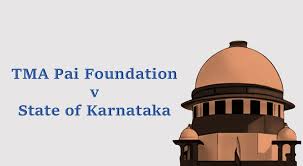

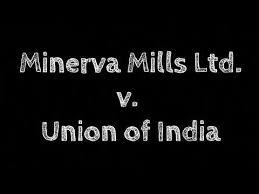
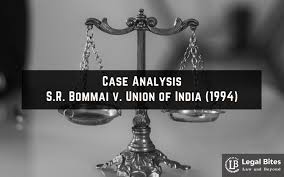








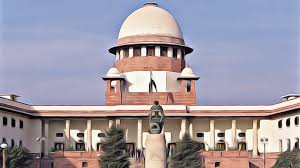

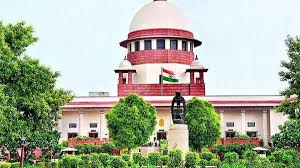









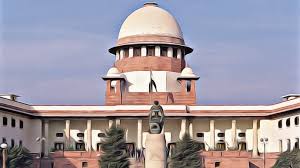




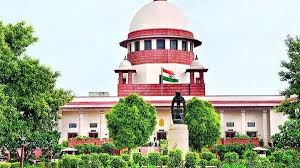




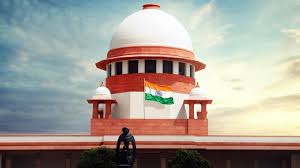



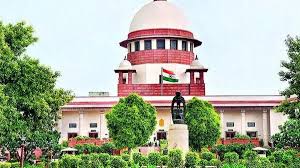

















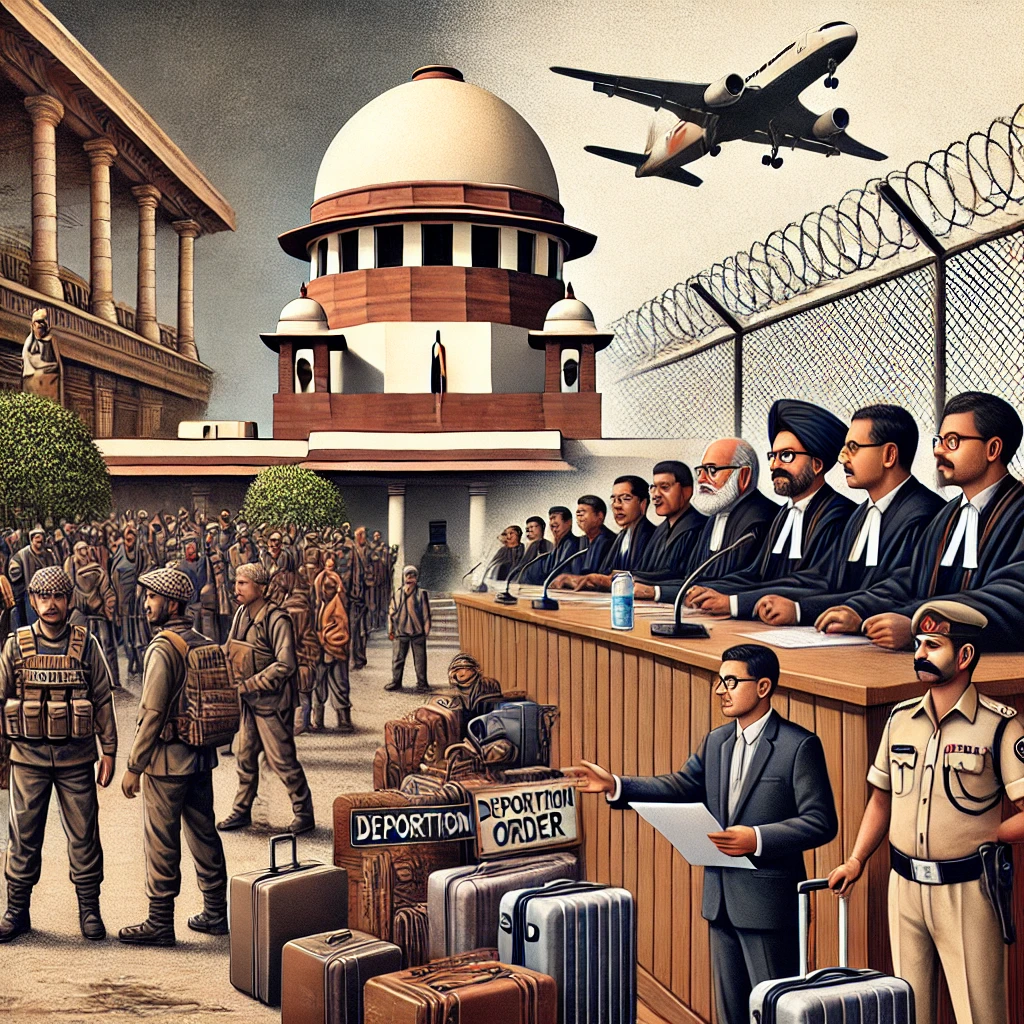
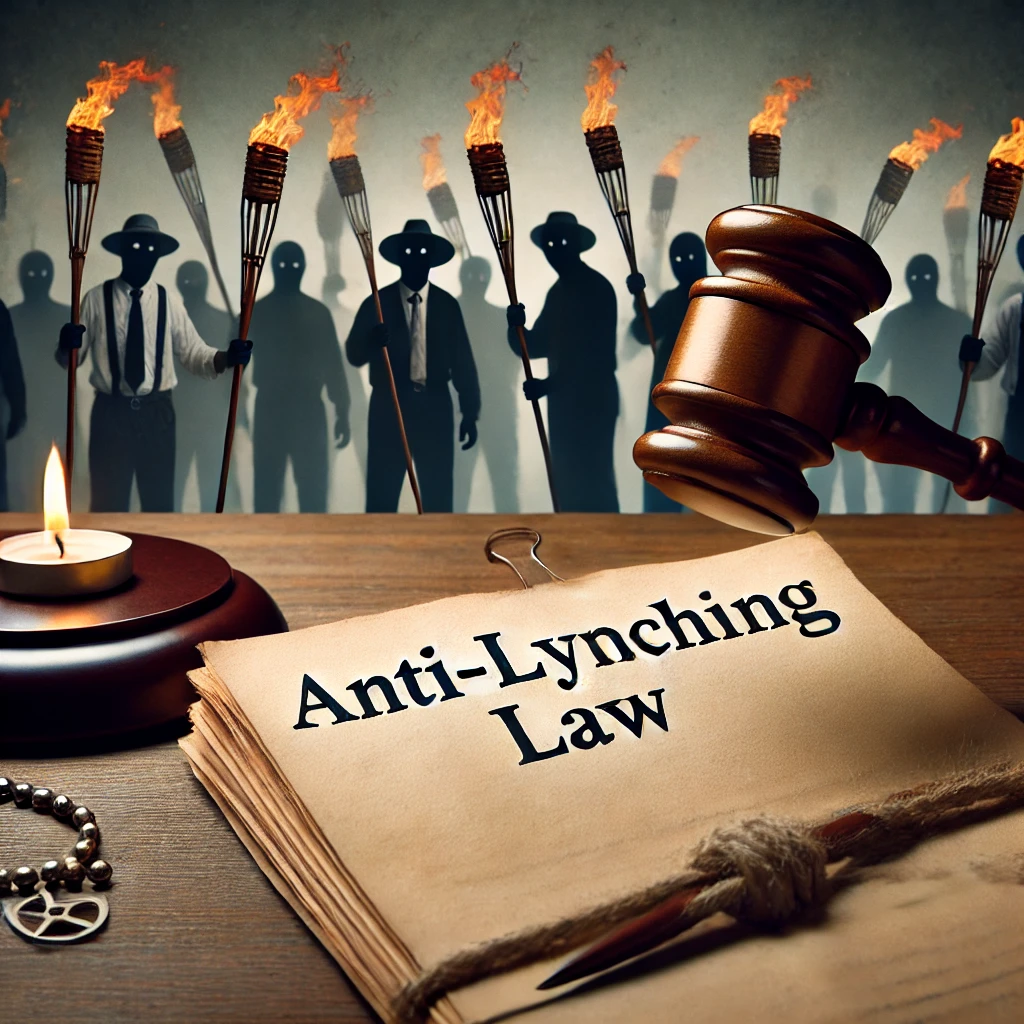
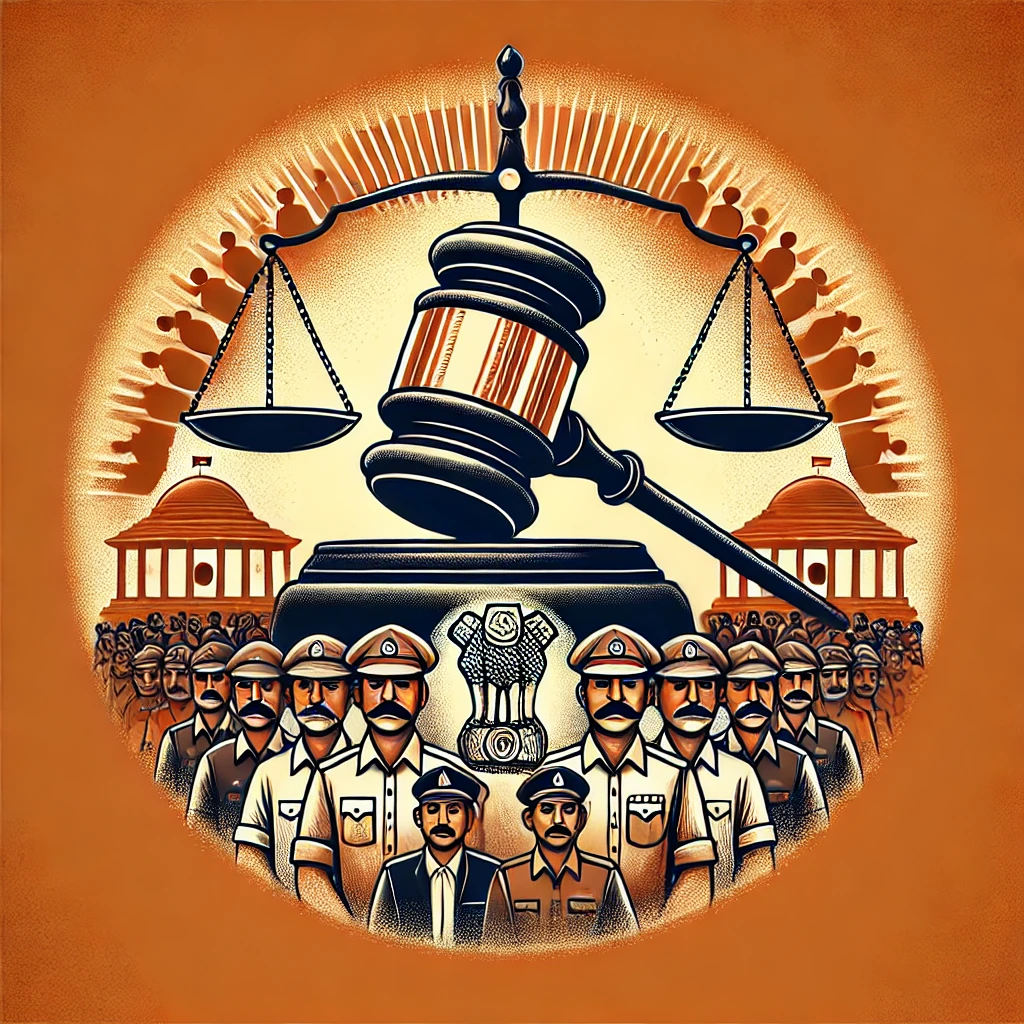


















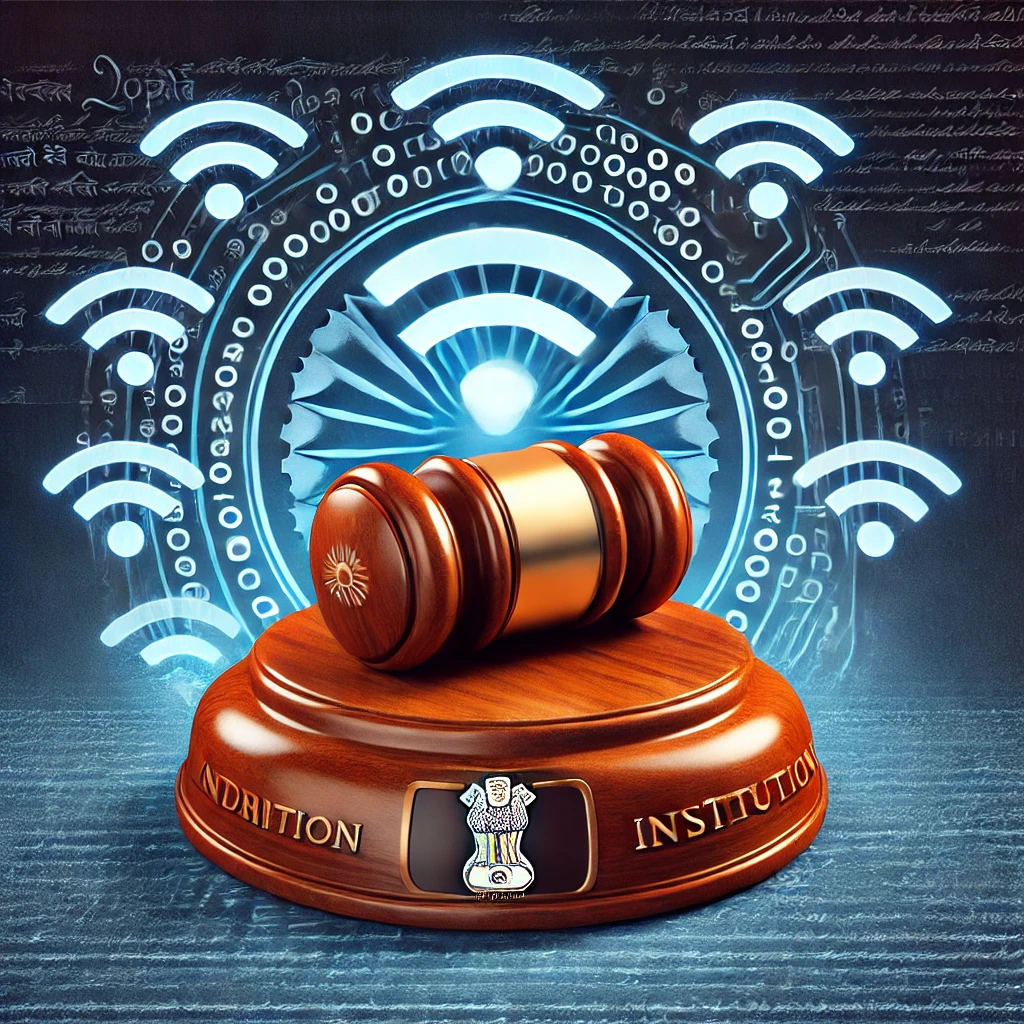




















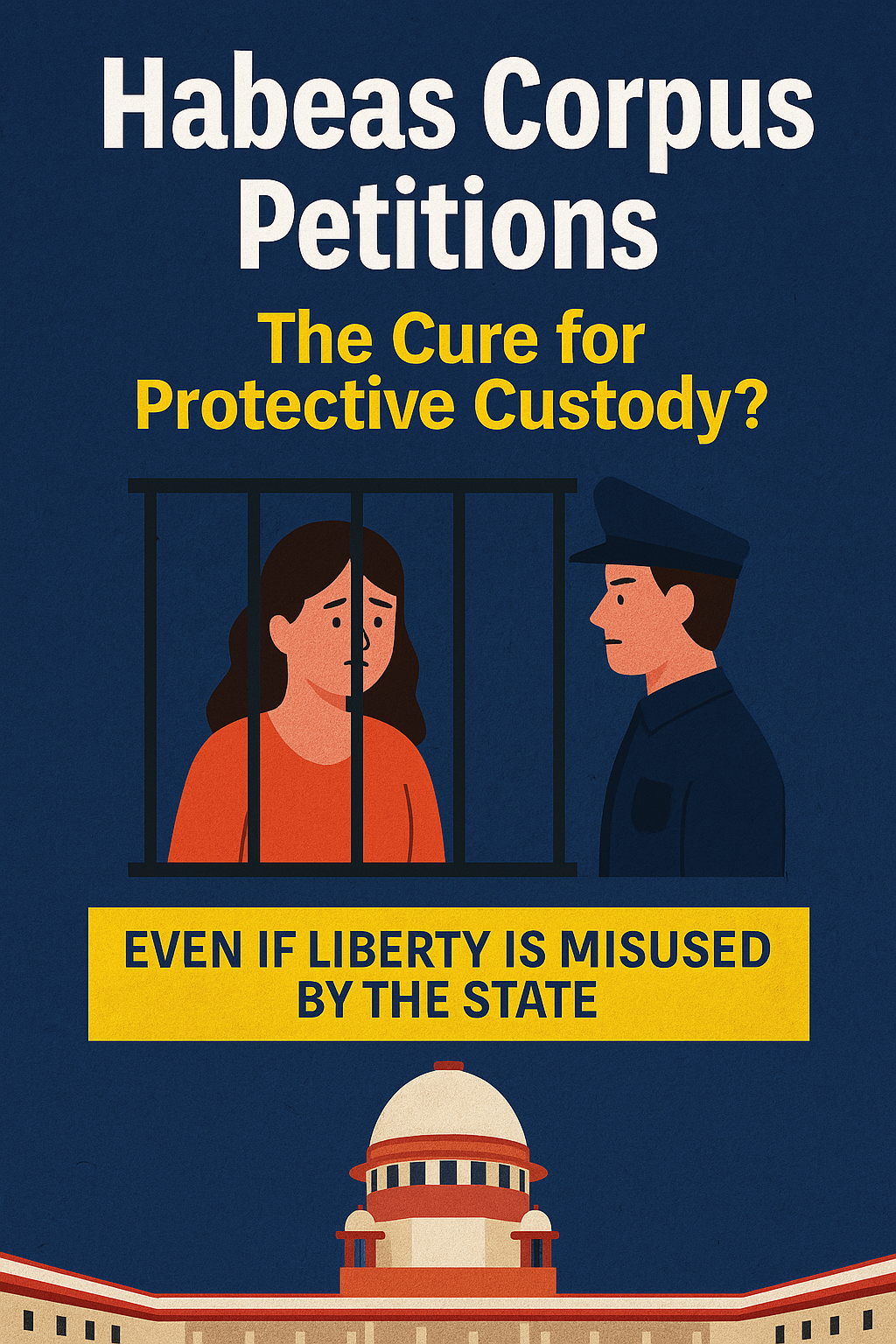




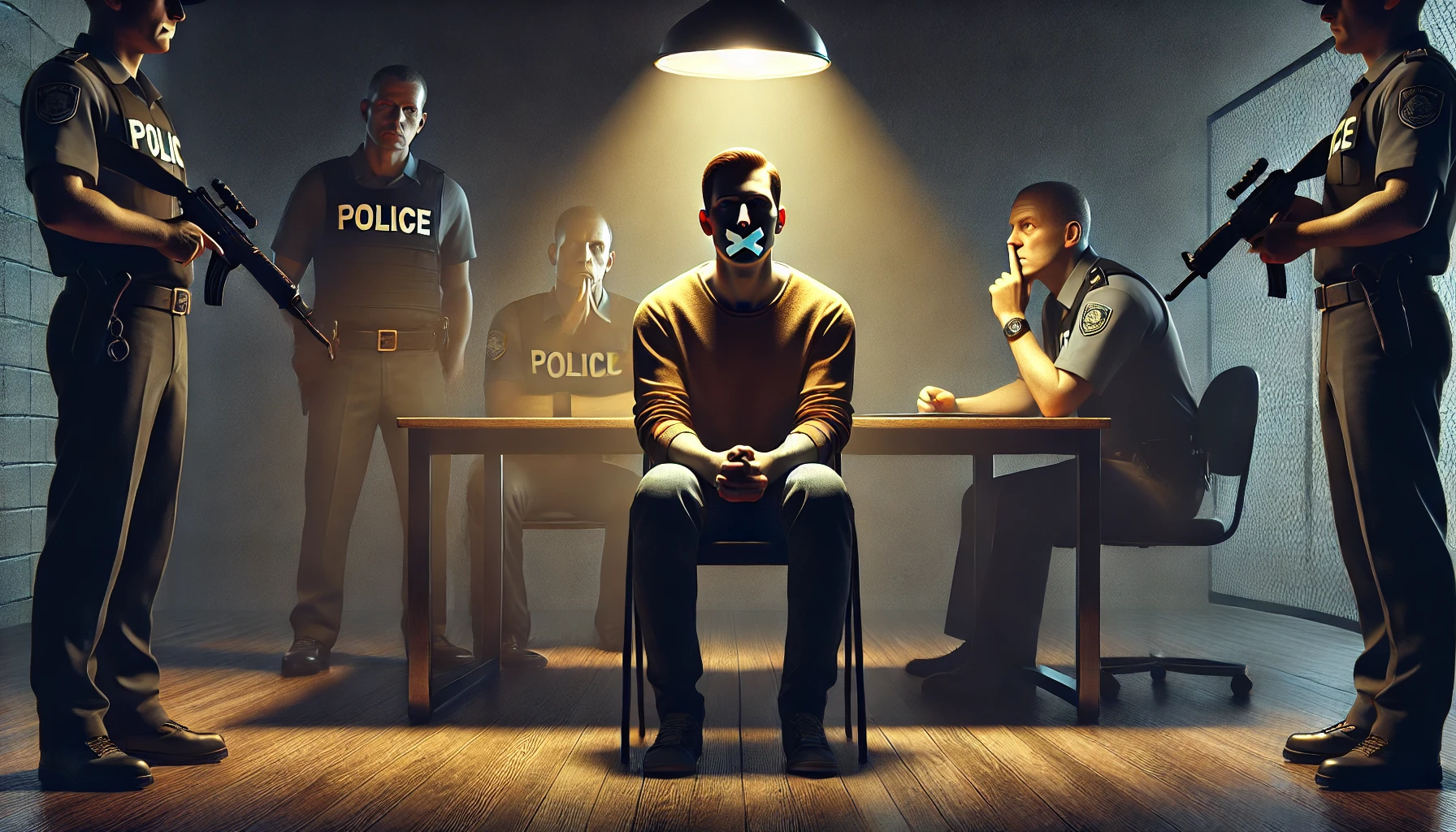








































































































































































































































































































0 comments